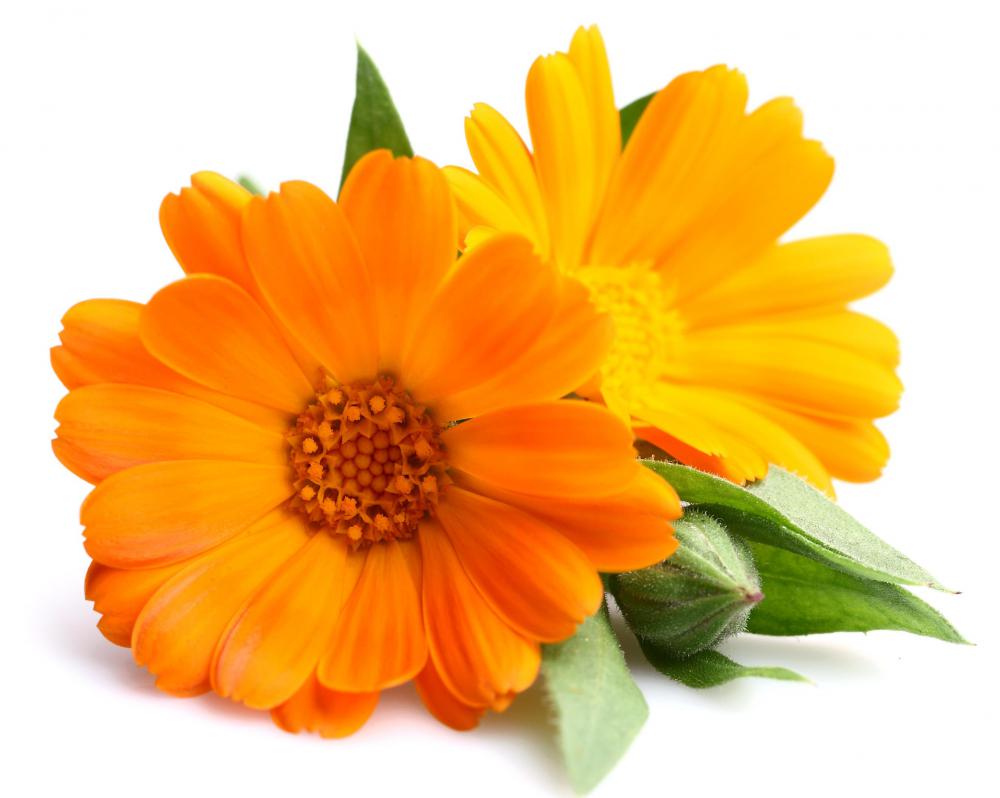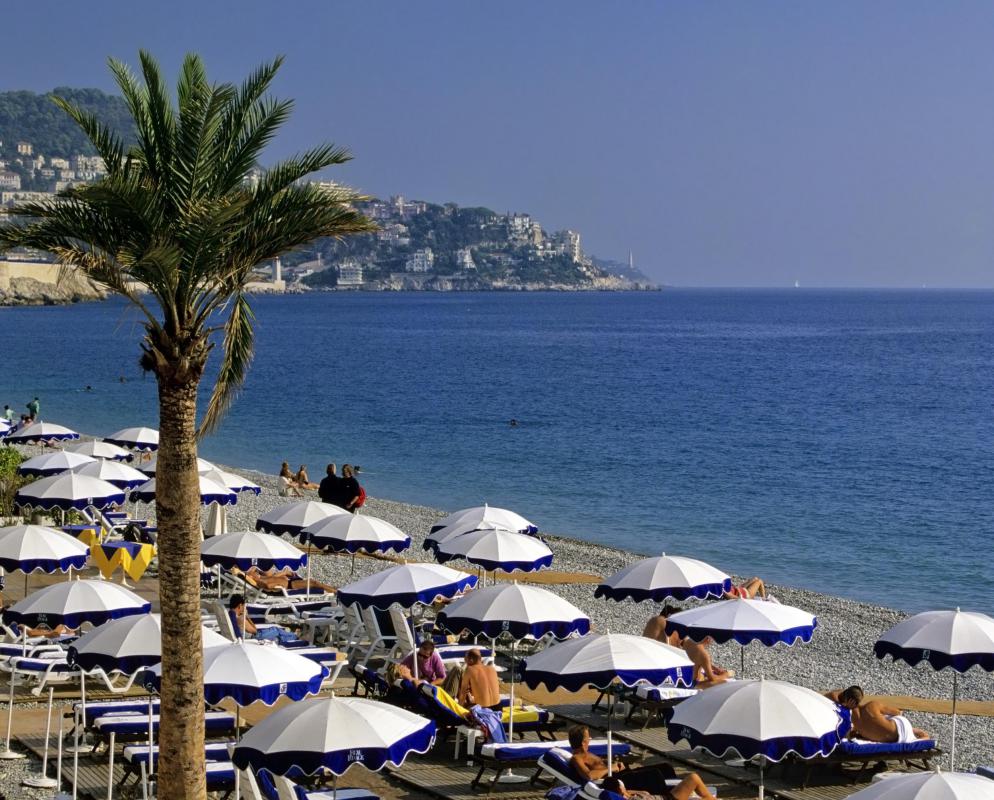At HomeQuestionsAnswered, we're committed to delivering accurate, trustworthy information. Our expert-authored content is rigorously fact-checked and sourced from credible authorities. Discover how we uphold the highest standards in providing you with reliable knowledge.
What are Roman Gardens?
Roman gardens are formally arranged outdoor spaces that reflect the influence of Ancient Rome. These elegant gardens require frequent care and management, as they tend toward an aesthetic that values order over nature. There are many famous Roman gardens in the world that can be used as inspirations for personal versions at home.
The gardens of Ancient Rome were inspired by the formal gardens of other nearby cultures, such as those of Greece and Egypt. They were often designed to fit into Roman architecture and were frequently built in internal courtyards of private homes. The presence of architectural structure surrounding the main garden area helped create many of the traditional features of a Roman garden, including the use of surrounding columns, geometric shapes, and the placement of shade or sun-loving plants.

Throughout much of Ancient Italy, gardens were distinct from fields and orchards in that they were meant specifically for relaxing and entertaining. Often called “pleasure gardens,” these secluded spaces were often designed around the comfort and delight of the visitor. In addition to flowers, trees, and plants, many Roman gardens include ample spaces for relaxing and conversation, including benches, shaded tables, and fountains that double as seating. The surrounding walls were often gaily bedecked in landscape frescoes, and the austere marble statues so often associated with formal Roman gardens were usually brightly painted in a riot of vivid colors.

The plants in a Roman garden most often reflect the available flora in the surrounding area. Many feature an herb plot that can be plundered for seasonings and spices. Mediterranean plants, including fig trees, cypress, violets, and marigolds, help create a palate of both color and drama. Ivy, climbing roses, grapevines, and hanging plants are used to accent the shady, roofed areas of the traditional garden.

The layout of Roman gardens often relies on the available space. While the courtyard gardens of Rome necessarily required smaller plantings and careful placement, the outlying villas had more room to create dramatic formal garden spaces. Roman gardens in large spaces often make use of high, carefully trimmed hedges, enormous reflecting pools, and large, vine-draped pergolas for al fresco meals.
Modern Roman gardens have the luxury of blending many different elements of landscape design with thousands of readily available plants. Reflecting pools are often replaced with decadent, mosaic tiled swimming pools, while garden statuary depicting Roman deities is often easy to find at a local garden supply store. To make a basic Roman-style garden at home, use small square or rectangular beds to create the formal shapes of the traditional design. Fill beds with roses, herbs, and Mediterranean plants such as small orange trees and stately gladioli. Consider a small mosaic tile fountain or centrally placed statue to create a focal point in tune with the concept.
AS FEATURED ON:
AS FEATURED ON:













Discuss this Article
Post your comments